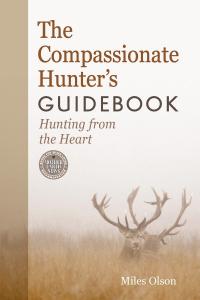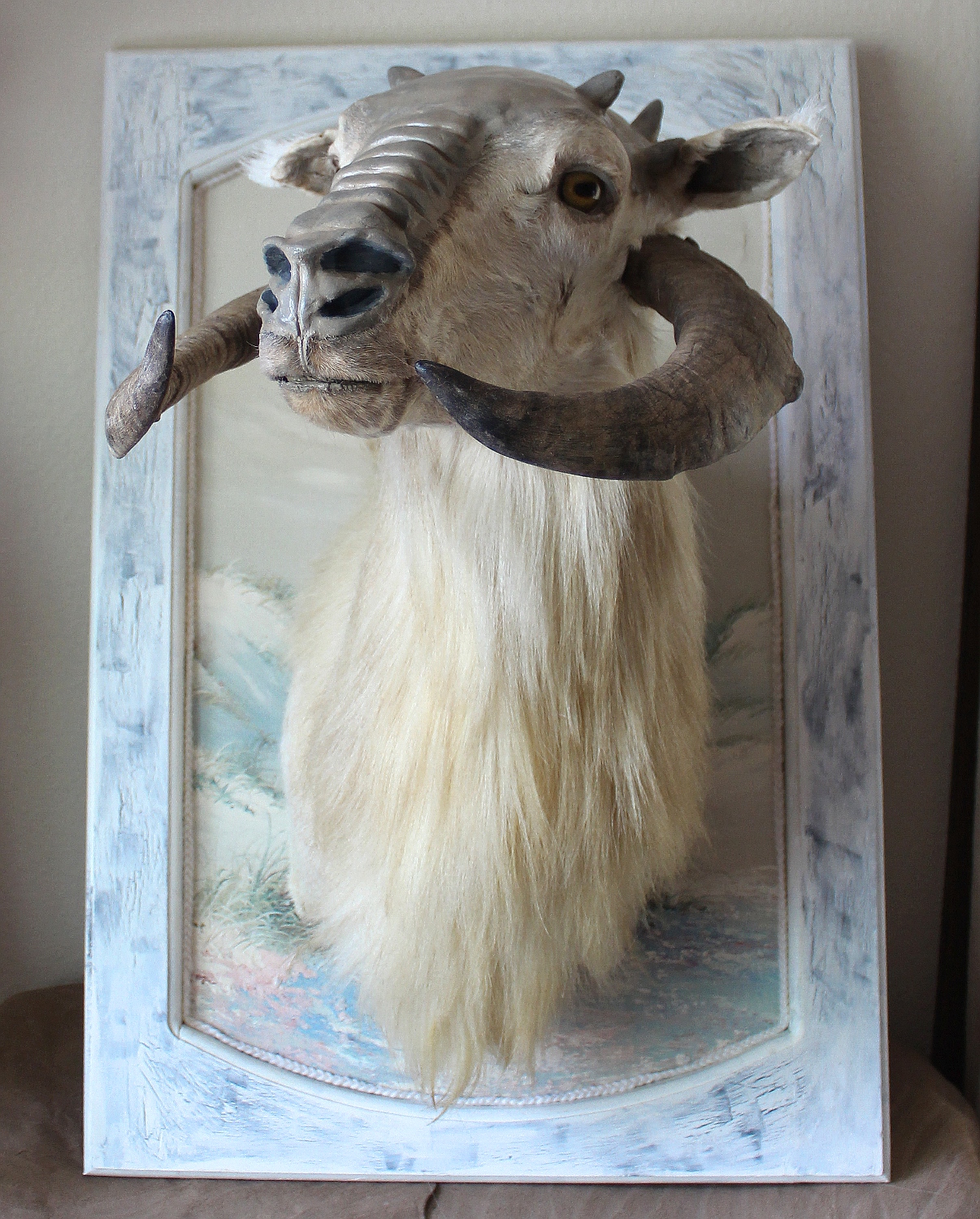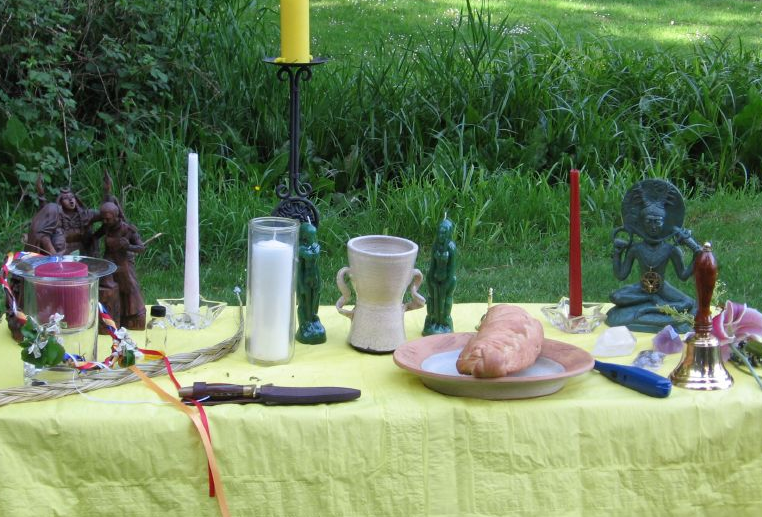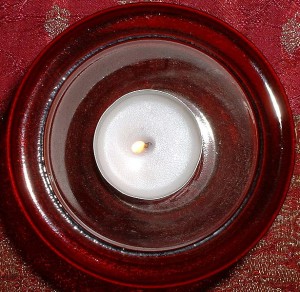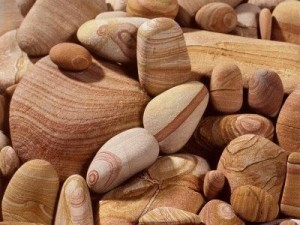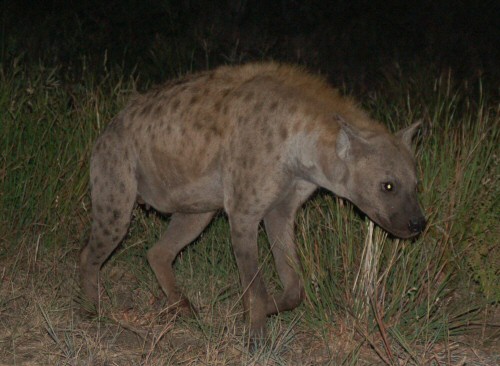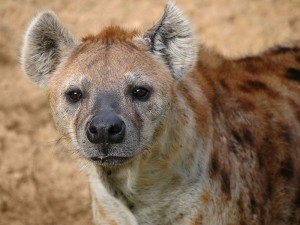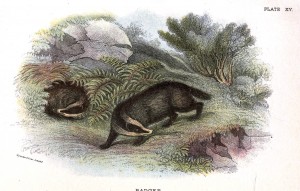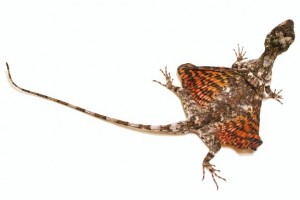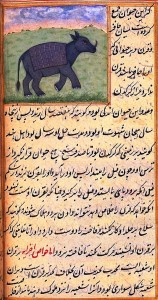Earlier this year, I preordered a copy of Miles Olson’s new book, The Compassionate Hunter’s Guidebook: Hunting From the Heart. I promised you all back on Therioshamanism that I’d review it once it arrived, and so it has as of last Friday (it was a quick read), and so I now shall proceed.
Now, let me preface this by saying I am not a hunter, have never hunted (though I have fished), and don’t intend to take up hunting any time soon. I am, however, an omnivore who occasionally is able to indulge in some wild game meat when others see fit to gift me with some, and who otherwise is concerned with where her meat comes from. Furthermore, I feel that one of the great failures of this society is that we have become so detached from the processes by which our food–animal and otherwise–is produced. It’s allowed us to enact a great deal of abuses upon ecosystems and their inhabitants, and I believe strongly that we should be educating ourselves about our food’s origins so we can make better decisions going forward. It’s in that spirit that I bought this book. Even though I do not hunt, I wanted to know more about the actual process of hunting and the aftermath thereof, with the added bonus of an author whose ethics seemed to be pretty well in line with my own.
Suffice it to say, I was not at all disappointed. Within these pages is a step-by-step guide of how to prepare for a hunt, how to find game, how to get a clean kill, and what to do once you’ve made that kill. Olson is concise but thorough, and I was impressed by how much information he was able to pack into less than two hundred pages. While I’m sure there are other hunting manuals with more information on things like how to attract deer, or how to sneak up on game birds, for a basic point-A-to-point-B overview of the hunt, this is a good one, accessible to the layperson as well as the seasoned hunter.
If you don’t think you can get anything practical out of this book because you don’t hunt, think again. Killing your deer (or pheasant, or rabbit) is just the first step. A large portion of the book is dedicated to explaining how to butcher the animal (with multiple options), ageing and preserving the meat, and even some recipes thrown in for fun (try the deerskin gelatin!) Probably the most valuable chapter in that regard is the one in which he virtually dissects an animal for you, explaining each part and how it may be used in alphabetical order, from the adrenal glands to the windpipe. This doesn’t just hold true for wild game, either–buy a whole free-range pig or cow or chicken, and you can apply the same basic concepts. This goes well beyond making stock out of a chicken carcass; he really does explain how to use every part of the animal!
Most of all, though, I appreciate the spirit in which he writes this book. Throughout the entire thing you can sense his regard and compassion for the animals he hunts. Using all of the animal isn’t merely a practical tactic–it’s almost a sacrament of sorts, meant to honor the life taken to sustain another. Like me, he decries the tendency in this culture to take the animals, plants and fungi that we kill to live for granted, and invites us to have a more mindful approach. In speaking of how hunting is one activity that brings us to face face with the reality of these deaths, Olson writes:
…when the hunter eats the animal they have killed, it becomes part of them. A death becomes a life; the predator and prey become one and the body of the dead, in a sense, lives on. This gets to something else that can be shaken through connecting with our food: our separation from the living world. When you kill and eat a creature [Lupa’s note: or plant, or fungus], you are very literally integrating its body into yours. You are also integrating the land which that creature came from into your body, since their body was entirely a manifestation of that land. This is amazing, a dynamic that I think lies at the very heart of most people’s desire to connect to the land, whether it be through gardening, hiking, foraging, crafting or hunting: shattering the boundary between self and other, human and nature; piercing the illusion that in many ways defines our culture. (p. 16)
We don’t just eat because we’re hungry, or to stay alive. We eat to incorporate the tissues of another living being into our own. We are descendants of the earliest microscopic beings that first evolved to engulf others rather than subsist on sunlight and fragments, and we’ve been eating our fellow beings ever since. The thing that struck me the most in the above quote was the assertion that we’re really eating the land our food grew up on; for a deer it may have been open fields and forests, while for a factory farmed cow it could have been a grassy pasture for the first several months of its life, followed by a crowded feedlot in which everyone was given corn grown hundreds of miles away. That, to me, illustrates how utterly broken our food system has become. We can no longer identify the land we’re eating through our food.
We can all learn from Olson and his compassionate hunting, even if we don’t hunt ourselves. By considering the sources of what we eat, we can start to pick apart the unseen industries that bring us our food, and assess the real impact on the animals, plants, and ecosystems affected by them. We can learn to have more compassion for all the living beings that die for us to live, animal and otherwise. We can be more conscientious in not wasting our food, and making the most of every scrap, even down to tiny bits of meat and vegetable for soup stock. And we can make more responsible choices in our diets while still respecting our personal health and dietary needs, time and financial restrictions. It is perhaps a shorter book than, say, Michael Pollan’s The Omnivore’s Dilemma, but it is just as elegant, and even more primal, a look at the same challenges that all too many of us blithely ignore at every meal.
If you would like your own copy of The Compassionate Hunter’s Guidebook, you can order it directly from Olson’s website here; it is also available through Amazon and Powell’s, and you can ask your local independent bookstore to order it if they don’t have it in stock.
One final postscript: I am rather excited that I won a copy of Olson’s other book, UNLEARN, REWILD: Earth skills, Ideas and Inspiration for the Future Primitive at the recent fundraising event held by Rewild Portland. I’ll get a review of it up here once I’m done with it, though at the very least I want to finish up the gigantic book of prehistoric life I’ve been chewing my way through for a few weeks now.

